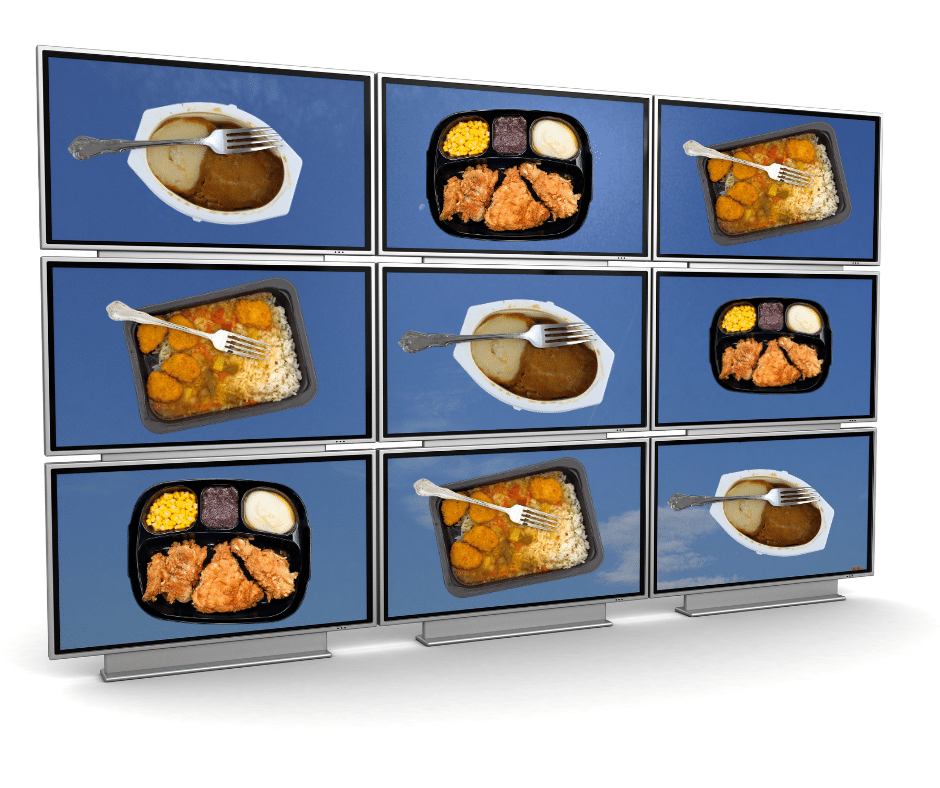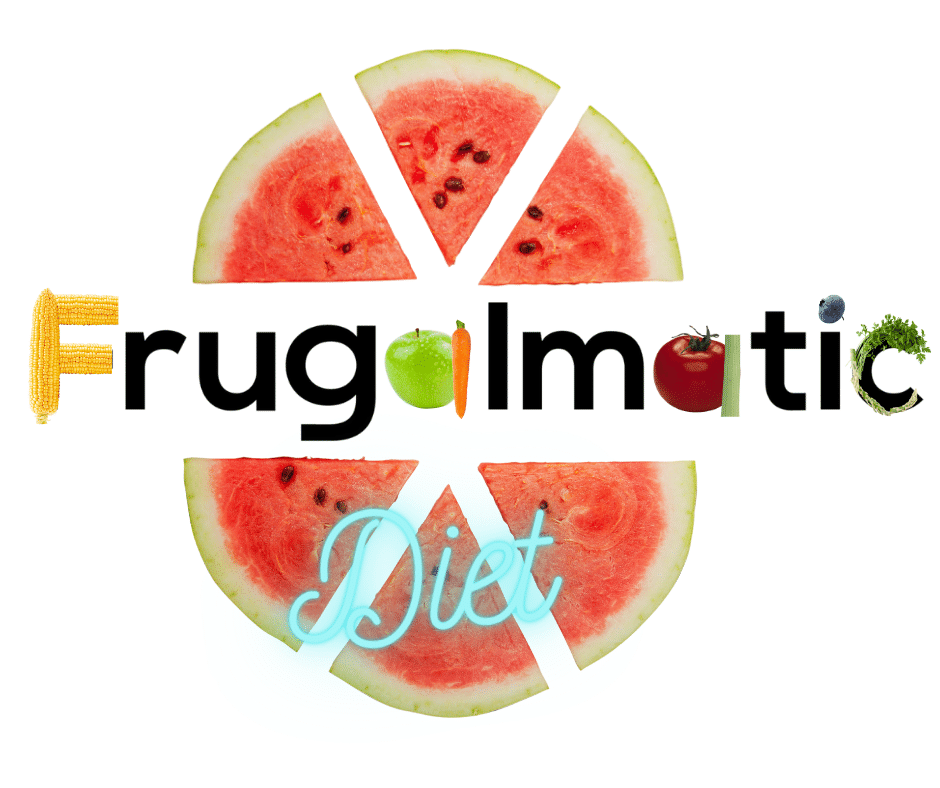This post was last updated on July 13th, 2022 at 09:48 am
When you think about diets, they often involve counting, whether it’s fat, carbs, calories or sugar. The frugalmatic diet isn’t about that. It focuses on how food is prepared, whether it’s heavily processed or whole. The more involved you are in preparing your food, the more frugalmatic it is.
To better understand this concept, let’s recall the definition of frugalmatic: Maximizing the value of everyday purchases and activities by realizing their indirect benefits. With frugalmatic foods, you can eat healthy while saving money. Their preparation often requires physical effort, another indirect benefit.
What type of food am I describing here?
If you guessed whole foods, you’re right.
The frugalmatic diet: cheaper and healthier
The Oxford Dictionary says whole foods have been “processed or refined as little as possible and are free from additives or other artificial substances.” Essentially, whole foods have just one ingredient. This often makes them cheaper. Take chicken, for example. You can buy a whole chicken for about $1.25 a pound. A refined product, chicken nuggets, cost about $3.60 a pound. And unlike the nuggets, the whole chicken is versatile, as you can make multiple dishes from it and even boil the carcass to make chicken stock.
Most people buy refined products thinking they’re saving time. Ultimately, they may not be doing even that since they have to earn more to pay for the more expensive refined product. A pack of chicken nuggets might not seem like a big expense but when you consider the average American household spent $4,643 on groceries last year, those decisions to swap refined products for whole foods add up.
Not only are whole foods often cheaper, they’re usually healthier. Since whole foods typically consist of one ingredient, you know exactly what you’re getting.
What’s in those instant mashed potatoes?
With refined foods, you can feel like you need a chemistry degree to understand the ingredients label.
Take mashed potatoes. You can buy red potatoes at about $1.20 a pound and make them into mashed potatoes by adding small amounts of a few additional ingredients, such as butter and half-and-half. Or, you can buy instant mashed potatoes for $4 to $6 a pound. Here’s what the ingredients label looks like for a box of name-brand instant mashed potatoes: “Idaho Potatoes (Russet and Red Varieties), Vegetable Oil (Contains One or More of the Following: Coconut, Palm, Soybean, Cottonseed, Sunflower, Canola), Corn Syrup Solids, Salt, Maltodextrin, Nonfat Dry Milk, Sugar, Sodium Caseinate, Butter Powder [Butter (Sweet Cream, Salt, Annatto Color), Nonfat Milk Solids, Sodium Caseinate and Disodium Phosphate], Mono and Diglycerides, Calcium Stearoyl Lactylate, Natural and Artificial Flavors, Spice, Sodium Acid Pyrophosphate (Preserve Freshness), Sodium Bisulfite (Preserve Freshness), Dipotassium Phosphate, Artificial Color, Citric Acid (Preserve Freshness), Mixed Tocopherols (Preserve Freshness) and Less than 2% Silicon Dioxide Added as an Anti-Caking Agent.”
Whew! That’s a mouthful.
By buying only the potatoes, you have much better control over what goes on your dinner table. I’ll take the homemade version any day, if only to avoid consuming ingredients I can’t pronounce.
Ultra-processed foods are the problem
You don’t have to be a nutritionist to know whole foods are healthier for you. The long list of ingredients for refined products is an obvious red flag. Yet, Americans get 58% of their calories and 89% of their added sugars from what’s known as ultra-processed foods. Not surprisingly, studies have found obesity rates are higher among people who consume a lot of ultra-processed foods.
Processed foods can be separated into four categories under the NOVA food classification. They include unprocessed or minimally processed foods, processed culinary ingredients, processed foods and ultra-processed foods.
Of course, not all types of processing are problematic. Whenever you cook at home, you’re processing food. When you preserve your garden veggies, you’re processing them. Canning and freezing can lower the nutritional value of some foods, but typically not by concerning amounts.
Rather, you should be wary of food processed at manufacturing plants, where ingredients are added to foods to increase their shelf life. And it’s not just wrapped treats such as Twinkies that are ultra-processed. Many other foods are ultra-processed, including ice creams, energy drinks, dried instant foods, pastries and snack chips.

Whole foods make dieting easier
If all you do is avoid ultra-processed foods, chances are your job of counting calories, carbs, fat and sugar will become much easier (if you are counting them). While the frugalmatic diet isn’t explicitly about avoiding certain ingredients, the act of eating whole foods means you’ll consume fewer empty calories and added preservatives.
Keep in mind, there are many gray areas in determining what is and isn’t ultra-processed. This is a controversial subject among researchers. Some ultra-processed foods are healthier than others, though it all depends on the particular category of product and the ingredients used in that product.
Ideally, at least a portion of your meals comes from food you grow yourself. Meals prepared at home using foods grown in your garden are the most frugalmatic of all. The benefits multiply as gardens provide the freshest of whole foods. The major indirect benefit is the physical activity you get from maintaining your garden and preserving your harvest.
Whether gardening saves money can be difficult to determine. The larger the garden, the easier it is to scale production and lower your costs. But even if you don’t save money, gardening offers many additional benefits—such as improved taste and nutrition along with quality family time tending the garden—making it worthwhile.
Make eating less convenient
In blog posts about living a frugalmatic lifestyle, I suggest strategically adding inconvenience to your routine to force yourself to be more active. For example, walk the stairs instead of taking an elevator. Bike to work (if practical) instead of driving a car. That same principle applies to food. By making eating less convenient with whole foods, you’re becoming more active in the kitchen. You’re also eating better and maybe even less than you did on a diet of mostly ultra-processed foods.
If you’re like me and have a weakness for cookies, for example, consider committing to eating only cookies you make and avoid store-bought varieties. This doesn’t guarantee you’ll consume fewer cookies (because you could still gobble up too many homemade cookies), but you’ll limit your consumption options. You’ll also force yourself to work harder for those cookies and know exactly what ingredients are in them. So even if you are eating “junk food,” at least you’re not taking in a bunch of added preservatives. (You can create even more barriers by, for example, only eating cookies made from flour you mill yourself.)
Of course, even the healthiest eaters sometimes find themselves without enough time to prepare meals from scratch. If you travel a lot, you may find yourself eating out and eating more processed foods than you otherwise would at home. Some people more than others have the time and resources to adopt a frugalmatic diet. But I believe everybody can eat frugalmatically. It just takes a little planning and an awareness for what type of food you’re putting in your body: ultra-processed or whole.


Andrew! Good luck on this venture. We all could live better lives and be better teachers.